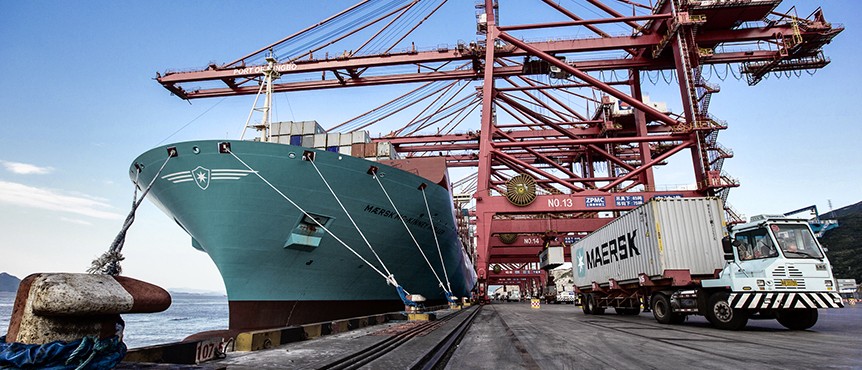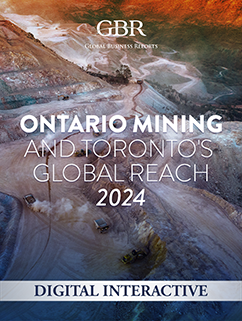International logistics providers have their say on supply chain disruptions.
Industry Thoughts on Latin American Logistics


Robbert van Trooijen, Senior Vice President – Head of Latin America, A.P. Moller – Maersk
"There are two equations to supply chain disruption and rising logistics costs – supply and demand. On the supply side, the industry has not invested significantly into expanding capacity, and this is many times the case when you have an economy that is not performing well. Over the past few years, new building orders for ships were at a historical low. In early 2020, factories in China were closed down as they lost workforce due to covid restrictions, and suddenly there was no production capacity available. Subsequently, as the pandemic became global in Q2, demand imploded. Then, when a level of normalization was established, many areas saw more demand than usual, such as home improvement products. The increased demand which started in the second half of 2020 has continued into 2021, and we do not expect it to decrease any time soon.
We are currently in a situation where there are not enough shipping vessels to meet demand, the global shipping fleet is fully deployed, and new builds are only going to come out of the yards in late 2022 or early 2023. Rates are currently at high levels, but the vast majority of Maersk’s customers are on long term contracts with us, including the petrochemical sector. Our aim is to provide stability to long term customers and ensure that whatever supply we can give them is at a more solid rate. Prices are still driven by supply and demand, and even long term customers are now paying different rates than they have in the past, but not the exorbitant rates which you read about in the papers."

Fabiano Machion, General Manager – South America, Newport Tank
"There have been severe consequences in the logistics sector, which I would separate into three phases. When the pandemic hit, there was a lot of uncertainty and strict lockdowns in countries such as Argentina, Peru and Ecuador that caused consumption across the region to decrease. The Brazilian market represents 80% of Newport’s Latam volume, and this also suffered during the pandemic, but less so than neighboring countries.
As we entered the third quarter of 2020, we began to notice a slow recovery in consumption, consequently, more logistics contracts started to come in, and the supply chain accustomed to restrictions, albeit prices went up and delays remained. In 2021 there has been a visible recovery, with the petrochemical and chemical industries going back to their usual production volumes.
Meanwhile, the maritime logistics business has been recovering, but the ocean freight industry is not easy to modify overnight as it requires strategic planning. There is more demand now, nevertheless, supply is restricted in terms of ocean freight availability. As far as costs are concerned, prices have been accepted because there has simply been no other option, and the chain has adapted to the situation. However, I believe that by 2022 logistical costs will start to decrease as availability improves."

Christopher Sandler, Managing Director, Eurotainer
"With the onset of the pandemic, we had to learn to adapt quickly to the environment, but the uncertainty in terms of costs and lead times has become more pronounced in 2021. As a leasing company, we are hyper-focused on the needs of our customers and therefore need to be more proactive with our forecasting and planning to ensure we have the right equipment and the right location at the right time. We are buying more equipment on speculation to ensure there is availability, and we are focused on operational excellence so we can have more tanks ready to supply demand. The challenges in the market are affecting us all. The more we can work with our customers and suppliers on solutions to these challenges, or at lease provide alternative options, the better we can all weather this storm.
With respect to the logistics deficit in Latin America, investment into infrastructure is key to address this issue. Many ports are congested and should be upgraded and expanded to accommodate more and larger ships. There should also be more investment into rail infrastructure. This intermodal capability would take trucks of the road, provide safe transport for hazardous chemicals, and provide a better environment for operating containers. It would also be very helpful for governments to align national logistics regulations with international regulations to allow for easier trade and transportation of goods."











